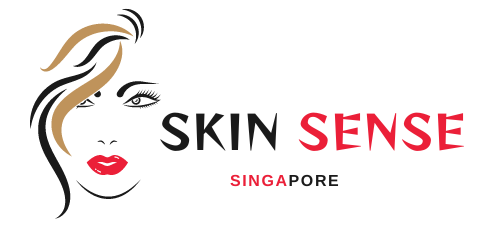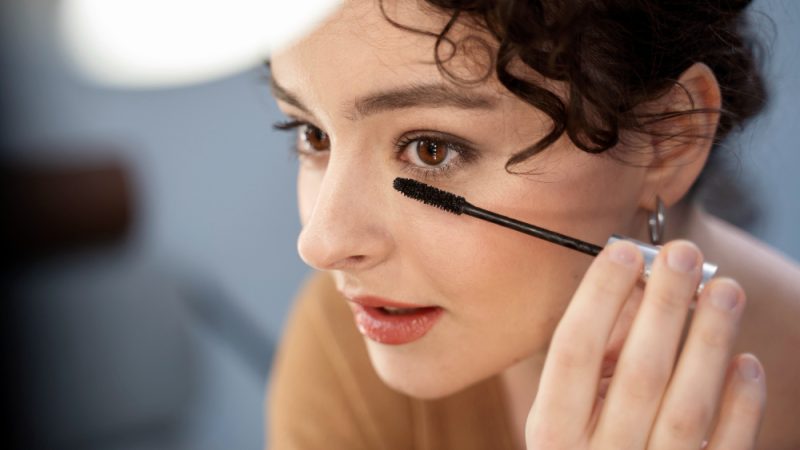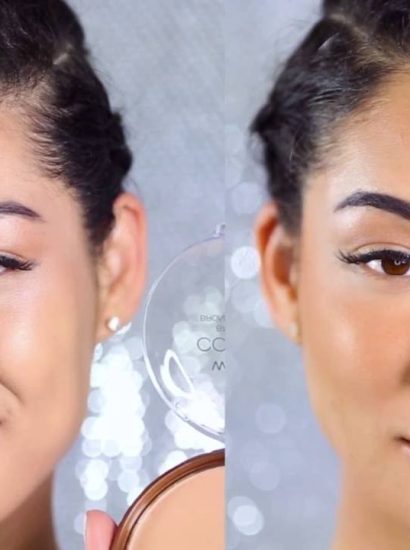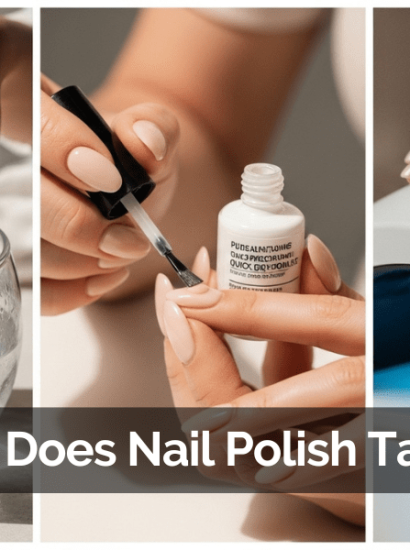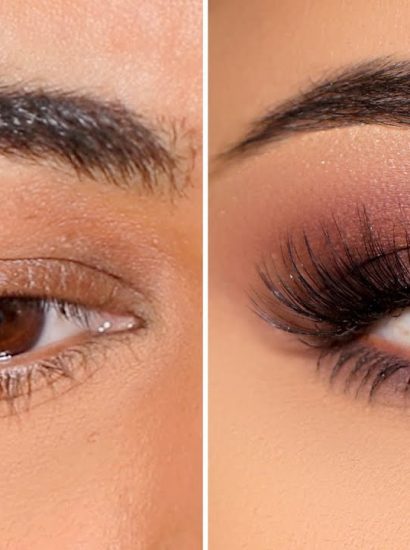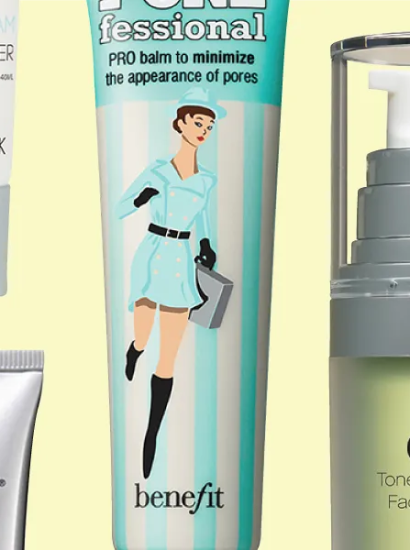Mascara is one of the most beloved beauty products in the world. With just a swipe or two, it can lengthen, darken, and volumize lashes, instantly transforming the eyes. But have you ever wondered: when was mascara invented? This everyday cosmetic has a surprisingly long and fascinating history, stretching from ancient civilizations to modern innovations.
In this article, we’ll explore mascara’s origins, its evolution through time, and how it became the makeup essential we know today.
The Ancient Roots of Mascara
The story of mascara begins thousands of years ago in Ancient Egypt. Both men and women used a dark substance called kohl to line their eyes and darken their lashes. This early version of mascara was made from:
- Galena (a lead-based mineral).
- Soot or charred almonds.
- Animal fats and oils.
Mascara in Egypt wasn’t just about beauty — it held spiritual and protective meaning, believed to ward off evil spirits and protect the eyes from the harsh desert sun.
Mascara in Ancient Rome and Greece
The use of lash-darkening products spread to other ancient cultures. In Rome and Greece, beauty standards emphasized long, dark lashes as a sign of youth and chastity. Women used burnt cork and soot mixtures to enhance their eyes.
Roman women in particular believed long lashes symbolized virtue and purity, as short or sparse lashes were associated with immorality.
Middle Ages to Renaissance: A Pause in Mascara Use
During the Middle Ages in Europe, bold lashes were not in fashion. Pale skin and light features were considered noble, so women often plucked their eyelashes and brows entirely.
It wasn’t until the Renaissance that natural beauty was more embraced again, though mascara-like products were still not widely used. Beauty routines focused more on skin lightening than on enhancing the eyes.
The Victorian Era and Modern Mascara’s Birth
The Victorian era (1837–1901) brought a turning point for mascara. Beauty standards shifted, emphasizing wide, dramatic eyes with long lashes.
In 1913, Eugène Rimmel, a French perfumer and cosmetics innovator, developed the first commercially available mascara made from petroleum jelly mixed with coal dust. His product was easy to apply and became an instant success in Europe.
Fun fact: In many languages, including Italian and Spanish, the word for mascara is still “rimmel.”
The Maybelline Revolution
Around the same time, across the Atlantic, a young entrepreneur named Thomas Lyle Williams created his own version of mascara. In 1915, he noticed his sister Maybel using a mixture of Vaseline and coal dust to darken her lashes. Inspired, he improved the formula and launched a product under the name Maybelline, combining “Maybel” with “Vaseline.”
This marked the birth of Maybelline, now one of the world’s biggest cosmetic brands.
Mascara in the 20th Century: New Formats and Innovation
Throughout the 20th century, mascara continued to evolve:
- 1920s–1930s: Cake mascaras became popular, requiring users to wet a brush and rub it on a solid cake of pigment.
- 1950s: Helena Rubinstein introduced the first mascara in a tube with a spiral brush applicator, making it more convenient and hygienic.
- 1960s: The mod era brought bold, spidery lashes, thanks to new volumizing formulas.
- 1980s–1990s: Waterproof mascaras and colored formulas (blue, green, purple) hit the market.
These decades cemented mascara as an everyday beauty staple.
The Rise of Waterproof and Smudge-Proof Formulas
One of the biggest milestones was the introduction of waterproof mascara in the mid-20th century. Designed for durability, it allowed women to maintain bold lashes even in humid or wet conditions.
Smudge-proof and long-lasting formulas followed, catering to active lifestyles and busy schedules. These innovations transformed mascara from a luxury product to an everyday essential.
Modern-Day Mascara: Variety and Customization
Today, mascara is available in countless formulations to suit every lash type and beauty need:
- Lengthening mascaras for longer-looking lashes.
- Volumizing mascaras for fullness and drama.
- Curling mascaras to lift straight lashes.
- Tubing mascaras that coat each lash in a polymer “tube” for easy removal.
- Natural and vegan formulas free from parabens and animal byproducts.
From drugstore brands to luxury labels, mascara is one of the most widely sold beauty products worldwide.
Cultural Impact of Mascara
Mascara has become more than just makeup — it’s a cultural symbol of femininity, glamour, and self-expression. From Hollywood icons like Audrey Hepburn and Twiggy, who popularized bold lash looks, to everyday makeup routines, mascara continues to influence beauty standards.
It’s also a symbol of empowerment: a simple yet powerful way for people to enhance their natural features and feel confident.
The Future of Mascara: Innovation Ahead
As beauty trends evolve, so does mascara. The future promises:
- Smart formulas with lash-strengthening serums.
- Eco-friendly packaging to reduce waste.
- Customizable wands for personalized lash effects.
- Biodegradable and clean beauty formulas for conscious consumers.
Mascara has come a long way from soot and animal fats — and its story is still being written.
Conclusion
So, when was mascara invented? While lash-enhancing practices date back to Ancient Egypt, the first modern mascara was developed in the early 1900s by Eugène Rimmel in Europe and Thomas Lyle Williams (Maybelline) in the U.S.
Since then, mascara has evolved into a must-have beauty product, available in endless varieties to suit every style. From ancient rituals to futuristic innovations, mascara’s journey reflects both cultural beauty ideals and the power of self-expression.
Next time you swipe on your favorite mascara, remember — you’re part of a tradition thousands of years in the making.
FAQs
1. Who invented modern mascara?
Eugène Rimmel in Europe and Thomas Lyle Williams (Maybelline) in the U.S. are credited with creating the first modern mascaras.
2. When was waterproof mascara invented?
Waterproof formulas became widely available in the mid-20th century.
3. What did people use as mascara in ancient times?
Ancient Egyptians used kohl, soot, and natural oils to darken lashes.
4. Why is mascara called “rimmel” in some countries?
Because Eugène Rimmel’s early mascara brand was so influential, his name became synonymous with the product.
5. Is mascara safe for eyes today?
Yes, modern mascaras are tested for safety, but always replace old tubes to avoid bacteria buildup.
Also read: Caladryl Para Qué Sirve: Complete Guide to Benefits and Skin Uses
